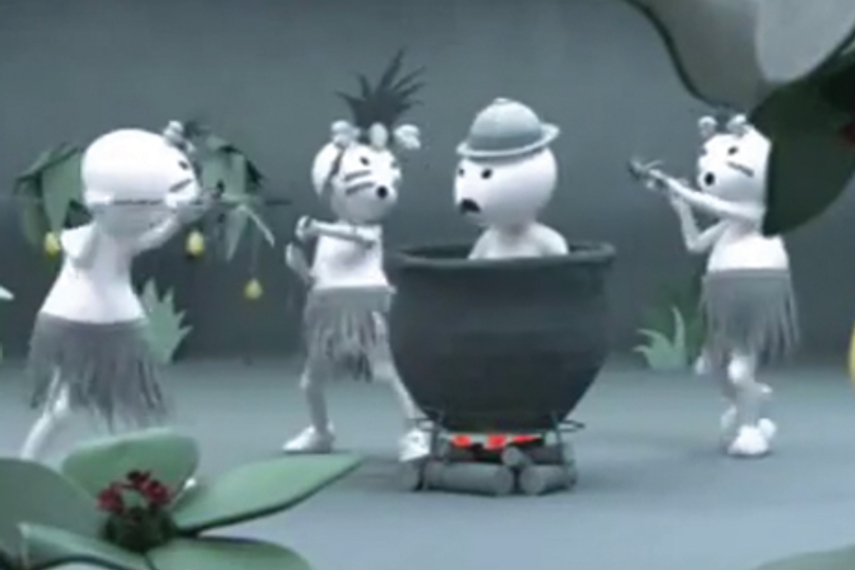
- 25 June 1983
- 24 September 2007
- 2 April 2011
Three dates rightly marked out as landmark days in the history of Indian cricket. When India won the ODI World Cup , T20 World Cup and then again the ODI World Cup, respectively.
And while there wasn’t any trophy lifted on 18 April 2008, it is another date that will go down in cricket books (not just Brendon McCullum’s), and it’s special for not just Indian cricket. This was the day the first match of the first edition of the IPL took place. Till that day, cricket fans weren’t sure of what to expect. The ICL, masterminded by Zee honcho Subash Chandra, wasn’t able to delight audiences, and England’s domestic T20 league wasn’t something IPL could emulate, if it were to become the property it wanted to be.
Cricket as entertainment
For a country where cricket and Bollywood are as big, there may have been an opportunity before 2008 (IPL) or 2007 (ICL) for a cricket league, contend some veterans.
According to Lloyd Mathias, co-founder of GreenBean Ventures, India was perhaps ready for a T20 league well before 2008. He says, “In the mid-1990s, when Madhavrao Scindia was president of the BCCI, there was a thought of a league format featuring cities as teams. It was for the 50-50 (ODI) format. It was thought of on similar lines as to what the IPL is now – it had a shorter window; the tournament was to run for a short duration. Teams were proposed too, but that idea didn’t take off. Zee probably built on that idea and launched the ICL.”
Sandeep Goyal, vice chairman, Mogae Group, suggests that while cricket has always been big in India, a league couldn’t be formed earlier because of the (lack of) monetisation opportunities through broadcast, need for an ecosystem, and infrastructure to support something on this scale.
He explains, “While people had been planning a cricket league for a while, it needed certain things to be in place for it to succeed, including the cricketing ecosystem and infrastructure to support such a large effort. The only way it was going to be monetisable was through broadcasting – you needed to have a dedicated sports channel (and proof of viewership for such a channel over a period of time). The number of brands supporting cricket was also very small - there were only a handful sponsoring the India matches. When IPL eventually launched in 2008, the ecosystem was large enough. It had the optimum size to support the schedule.”
Mathias attributes the success of the tournament to the packaging provided by the then chairman, Lalit Modi. While the proposed tournament in the mid ‘90s never took off and the ICL wasn’t a success, Mathias thinks it was the packaging of the IPL that set the tournament apart. “What Lalit Modi did was (among other things) get movie stars and corporate involved. The rules, whereby every franchise was supposed to have one ‘icon player’ and only four foreigners could play in a match, made it an interesting format. Along with the cheerleaders etc., he packaged cricket as entertainment,” explains Mathias.
Opportunity, apprehensions...
The IPL, when it launched, was not a runaway success on the advertising front, inform media buyers engaged with the property in its first season.
“Despite the highs and hype, Sony had not sold much inventory until two weeks before the first edition. Then brands came on board, when they sensed the product gaining momentum. The rest is history,” recalls one such veteran, who did not wish to be named.
Mathias, who was helming marketing for Motorola back in 2008, is among those who has backed the tournament since its first edition.
“We were aware that the IPL was not cricket at its purest form, but I knew the IPL would create buzz. It gave marketers the opportunity to reach to the country at prime time. In cricket, you need to take your bets because there are a lot of options – Test matches (home/away), ODIs(home/away), World Cups, T20 etc. and then work around it. I did the same when I was with Motorola (in 2008) and then with Tata Docomo (he moved to Tata Docomo later in 2008). I believed in the property and it has worked for me.”
Vodafone is another brand that has believed in the property, being associated with the tournament since its inception. On the property and the reason for the association, Vivek Mathur, chief commercial officer, Vodafone India, said, “Vodafone India was one of the first few brands to get associated with the IPL. We are the official partner as well as the presenting sponsor on TV from the first season (2008 onwards). Sport always evokes passion and emotions amongst the followers. In India, cricket is religion and is followed religiously, next only to Bollywood.”
Spillover effect
Mathias is of the opinion that IPL’s success has spawned leagues for other sports such as the World Series Hockey, Indian Badminton League and the impending football league.
He said, “Other sports are looking at leagues and people understand that sports need the glamour quotient. Deepika (Padukone), Aamir Khan and Sunil Gavaskar’s (as a co-owner) presence helped increase the popularity of the Indian Badminton League. The properties won’t reach the same popularity the IPL commands, but thanks to the IPL, sponsors understand the power of sports now. For niche brands looking at smaller markets, these are good options.”
Goyal points out that badminton is not as exciting as a televised sport, and reasons that it may not therefore grow much in stature. In any case, the comparison for badminton or hockey cannot be with cricket, in the foreseeable future.
There are brands though, that are looking into a future that could be.
Vodafone is a brand that has looked at these other leagues as well as the Indian Grand Prix.
On these initiatives, Mathur says, “In the last few years, changing demography, lifestyle and globalised economy has lead to strong following for other sports like football, tennis, hockey and badminton amongst others. This popularity of sports in India offers Vodafone as
a brand a very effective, large scale platform to connect with its
customers.”
Among sports, the one most recently under the spotlight has been badminton. He surmises, “Badminton is a sport that most Indians associate with and we see this as a
paradigm shift in the sports entertainment industry. The sport has won laurels for the country at several international events including the Olympics. Vodafone sees a great initiative in the Indian Badminton League. Vodafone’s association with sports has delivered very well in terms of efficiency of reach and effectiveness of on ground engagement with our customers.”

Sandeep Goyal, vice chairman, Mogae Group
People had been planning a cricket league for a while, but it needed certain things to be in place for it to succeed, inculding the cricketing ecosystem and infrastucture to support such a large effort. The only way it was going to be monetisable was through broadcasting - you needed to have a dedicatied sports channel (and proof of viewership for such a channel over a period of time).

Lloyd Mathias, director, GreenBean Ventures
We were aware that the IPL was not cricket at its purest form, but I knew the IPL would create buzz. It gave marketers the oppourtunity to reach to the country at prime time. In cricket, you need to take your bets because there are a lot of options.

Vivek Mathur, chief commercial officer, Vodafone India
Vodafone India was one of the first few brands to get associated with the IPL. We are the offical partner as well as the presenting sponsor on TV from the first season (2008 onwards). Sport always evokes passion and emotions amongst the followers. In India, cricket is religion and is followed religiously, next only to Bollywood.
The article appeared in the issue of Campaign India dated 20 September, 2013


.jpg&h=334&w=500&q=100&v=20250320&c=1)
.jpg&h=334&w=500&q=100&v=20250320&c=1)


.jpg&h=334&w=500&q=100&v=20250320&c=1)


.jpg&h=334&w=500&q=100&v=20250320&c=1)
.jpg&h=334&w=500&q=100&v=20250320&c=1)

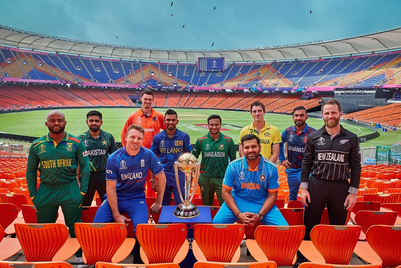
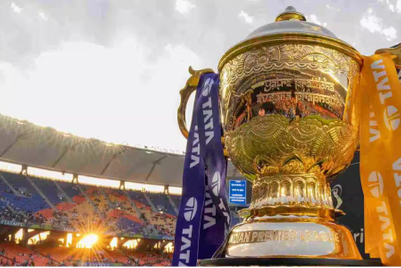
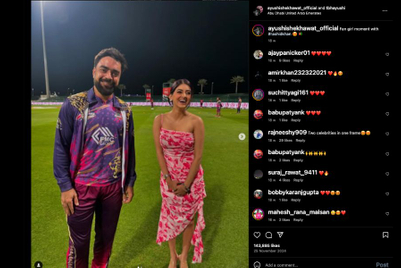
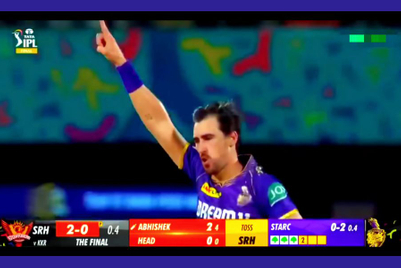
.jpg&h=268&w=401&q=100&v=20250320&c=1)
.jpg&h=268&w=401&q=100&v=20250320&c=1)


